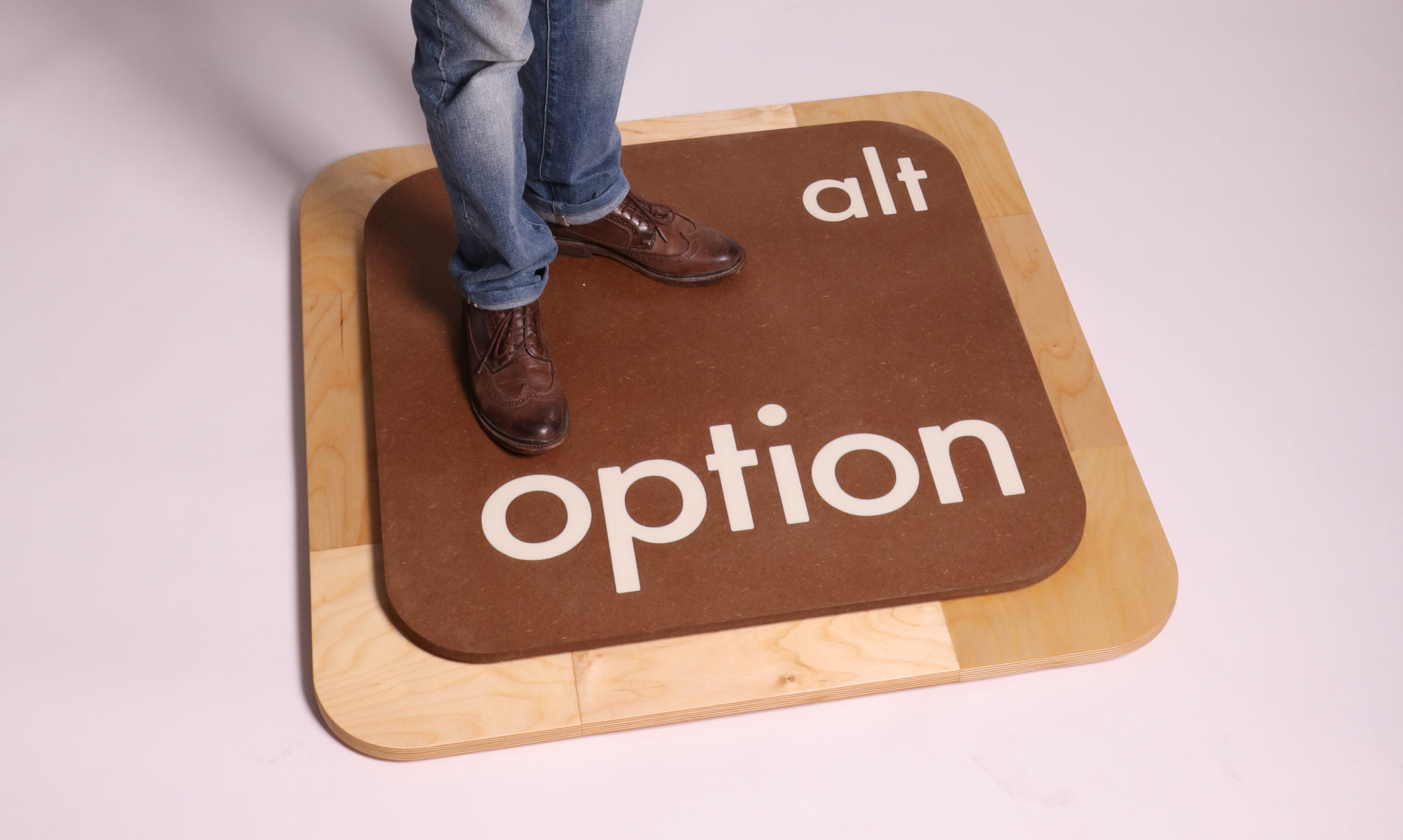- The game was fun. I liked the methodical take on a pretty spontaneous game. The spinner forcing players to make decisions they might not make can put them in disadvantageous situations.
- Players took turns taking bricks from each others’ tower to reinforce their own, but had to make sure that they did not knock over their opponent’s tower.
- The game was quick to learn. The instructions build off of Jenga and were easy to understand.
- Some of the wild/action cards were not specified, and their ability to be played at any time interrupted the experience a bit. Also, no rules about taking bricks from the top were stated, which allowed players to avoid the dangers of the lower parts of the tower.
- I enjoyed the idea of the game. I believe that it was a nice blend of Twister and Jenga. I hope that, in a future version, colors and numbers can be used to further force players into tough situations.
- I wanted more ways to interact with my opponent. For example, an action card that forces players to take from their own tower can make the conflict stronger.
- I would add more rules or systems to the game to speed up the gameplay. I feel that the game takes a bit long to reach a point where players need to be worried about knocking their opponent’s tower down.
- Yes. It makes a fun party game that requires a bit more focus than normal Jenga.
- Players take their first bricks in the first act. In the second act, towers are losing their integrity as players are forced to make more dangerous decisions. Act three begins and ends a tower falls.
- Players are directly competing with each other, but do not want to knock their opponent’s towers over (which is a nice paradox).
- I believe the standout mechanic is the spinner and marked bricks. The spinner takes the agency of choice away from the player, forcing them to make plays they otherwise wouldn’t make. This makes the game more adaptive than normal Jenga.
- Stressful, Adaptable, Casual

design courses, syllabi, schedules, resources and policies